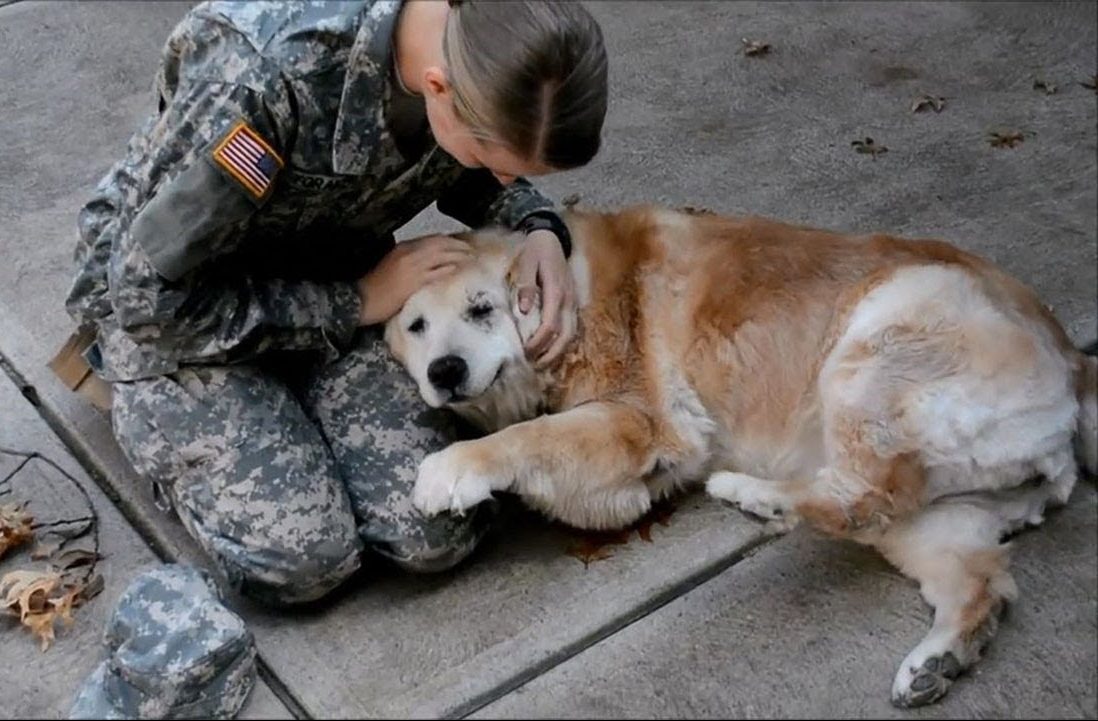Understanding Your Options
Losing a furry family member is never easy. When you are faced with the difficult reality of having to say goodbye to your dog, it can be overwhelming to figure out what to do with their body. If you’re asking yourself “My Dog Died what to do with body California?” or “My Dog Died now what?”, know that you have options available.
One option is burial at home. If you own a house with a yard, you can consider burying your dog on your property. However, it’s important to make sure it’s legal in your area. In California, for example, state law prohibits the burial of animals within 250 feet of any public water supply well or surface water source. If you live in a rented property, you will need to seek permission from your landlord or property owner.
Another option is pet cremation. There are different types of pet cremation, including private, communal, and aquamation. Private cremation means your pet will be cremated individually, and you will receive their ashes back in an urn. Communal cremation means your pet will be cremated along with other animals, and you will not receive their ashes back. Aquamation, also known as alkaline hydrolysis, is a water-based process that uses heat and alkaline chemicals to dissolve the body.
Aside from these options, there are also pet cemeteries where you can have a burial service for your dog. Some pet cemeteries even offer services such as pet memorialization and grief support.
It’s important to understand your options and make a decision that feels right for you and your dog. Take some time to consider what your dog would have wanted, and what would provide comfort to you and your family during this difficult time. Remember, no right or wrong way to say goodbye to your beloved pet exists.

 Cats1 year ago
Cats1 year ago
 Cats8 months ago
Cats8 months ago
 Dogs2 years ago
Dogs2 years ago
 Birds1 year ago
Birds1 year ago
 Cats8 months ago
Cats8 months ago
 Cats8 months ago
Cats8 months ago
 Horses1 year ago
Horses1 year ago
 Cats7 months ago
Cats7 months ago




















